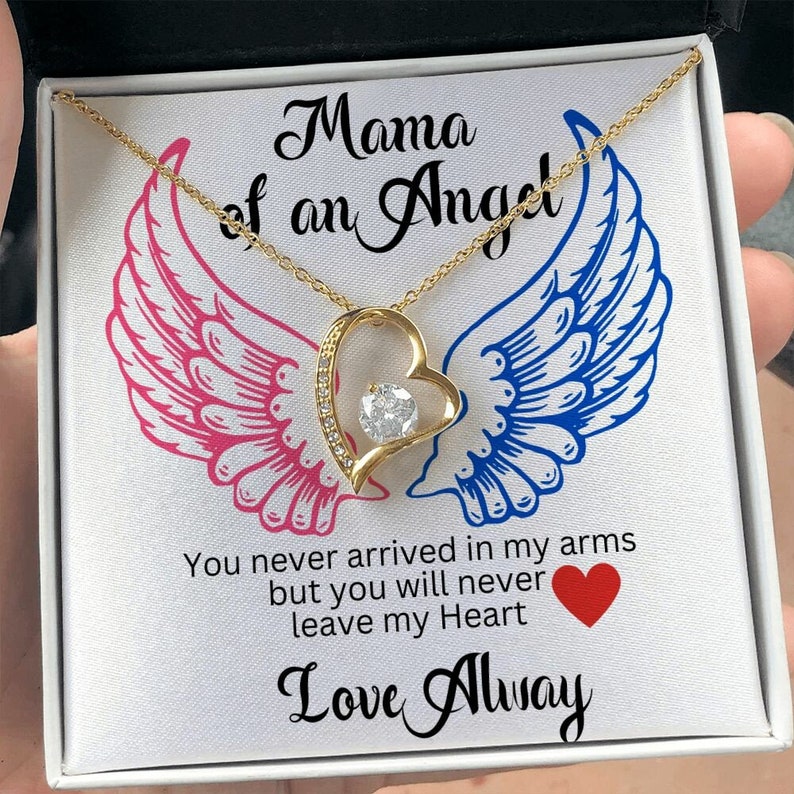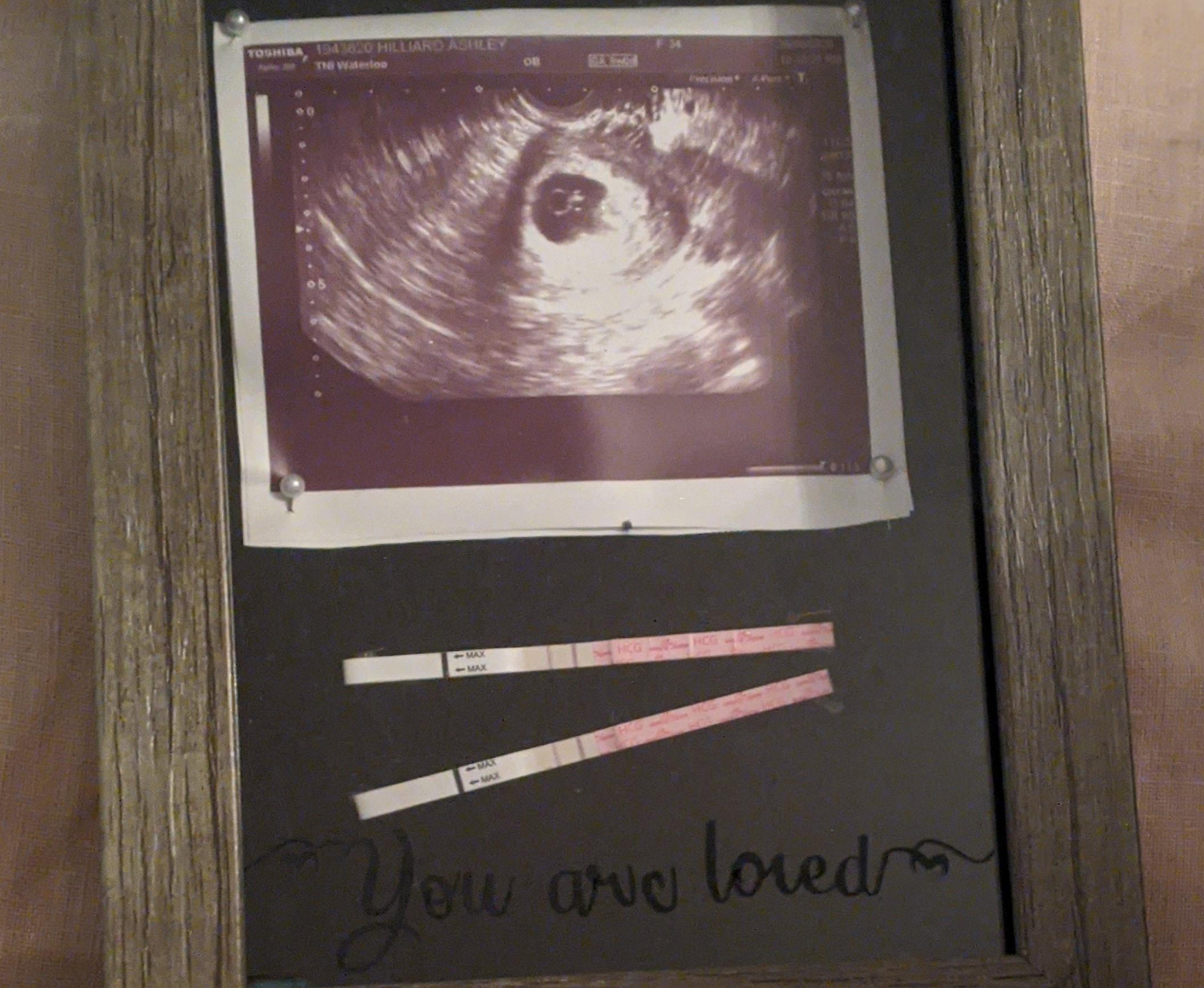Alright folks, let’s talk about something that’s both sensitive and important. If you’re here because you’re looking for pictures of 6 week miscarriage, you’re probably dealing with a tough situation. It’s okay to feel overwhelmed—it’s normal. But today, we’re going to break it down, so you can understand what’s happening, what to expect, and how to move forward. Let’s dive in.
Miscarriages are a heartbreaking reality for many people, and the first few weeks of pregnancy are often the most vulnerable. Understanding what a miscarriage at 6 weeks looks like, both physically and emotionally, is crucial. You’re not alone, and there’s support out there for you.
This article isn’t just about showing pictures—it’s about educating yourself, processing emotions, and finding ways to heal. We’ll cover everything from the medical aspects to emotional well-being, so you can navigate this difficult time with more clarity and confidence.
Read also:Jan Markel Radio The Voice That Revolutionized Airwaves
Understanding Miscarriage at 6 Weeks
Let’s start with the basics. A miscarriage at 6 weeks is medically referred to as an early pregnancy loss. It’s a time when the body naturally ends a pregnancy, often due to chromosomal abnormalities or other health issues. While pictures of 6 week miscarriage might help some people understand what’s happening physically, it’s essential to approach this topic with care.
What Happens During a 6-Week Miscarriage?
At 6 weeks, the embryo is still very small, about the size of a grain of rice. The signs of a miscarriage at this stage can include:
- Heavy bleeding
- Cramping
- Pain in the lower abdomen
- Passing tissue or clots
It’s important to note that every person’s experience is different. Some may notice spotting or mild cramps, while others might experience more intense symptoms.
Why Do Miscarriages Happen at 6 Weeks?
Now, let’s talk about the why. Miscarriages at 6 weeks are often caused by factors beyond your control. Chromosomal abnormalities are the most common reason, accounting for about 50-60% of early pregnancy losses. Other potential causes include:
- Hormonal imbalances
- Thyroid issues
- Uterine structural problems
- Infections
It’s not always possible to pinpoint the exact cause, and that’s okay. The focus should be on healing and moving forward.
Is It Preventable?
Most early miscarriages are not preventable. They’re often nature’s way of stopping a pregnancy that isn’t developing properly. However, maintaining a healthy lifestyle and addressing underlying health issues can improve your chances of a successful pregnancy in the future.
Read also:Ian Halperin Kardashian Dynasty The Untold Story Behind The Kardashians Rise To Fame
Pictures of 6 Week Miscarriage: What to Expect
Some people find it helpful to see pictures of 6 week miscarriage to better understand what’s happening. These images usually show small amounts of tissue or clots, but they can vary widely from person to person. Keep in mind that these pictures can be graphic and emotional, so approach them with caution.
Where Can You Find These Pictures?
If you’re looking for pictures, there are medical resources and forums where people share their experiences. However, it’s important to ensure that these resources are reputable and sensitive to the topic. Websites like the American Pregnancy Association or Mayo Clinic can provide accurate information without being overly graphic.
Emotional Impact of a 6-Week Miscarriage
Let’s be real—miscarriages take a toll on your emotional well-being. Even at 6 weeks, the loss can feel profound. It’s normal to feel grief, anger, guilt, or even numbness. Allow yourself to process these emotions without judgment.
How to Cope with the Loss
Here are a few tips for coping with the emotional impact:
- Talk to someone you trust—a partner, friend, or counselor
- Join a support group for people who have experienced miscarriage
- Write down your feelings in a journal
- Practice self-care, whether it’s through meditation, exercise, or simply resting
Remember, healing takes time, and it’s okay to seek professional help if needed.
Medical Considerations After a Miscarriage
After a miscarriage, your body needs time to recover. Your healthcare provider may recommend a follow-up appointment to ensure everything is healing properly. In some cases, a procedure called a D&C (dilation and curettage) might be necessary to remove any remaining tissue.
When Should You See a Doctor?
If you experience any of the following symptoms, contact your doctor immediately:
- Severe pain
- Heavy bleeding that soaks through more than one pad per hour
- Fever or chills
- Strong foul-smelling discharge
Your health is a priority, so don’t hesitate to seek medical attention if you’re concerned.
Talking About Miscarriage: Breaking the Stigma
Miscarriages are more common than many people realize, affecting up to 20% of known pregnancies. Yet, the stigma surrounding them often prevents open conversations. By talking about your experience, you’re helping to break down barriers and create a more supportive community.
How to Start the Conversation
Whether it’s with a loved one or a support group, here’s how you can start the conversation:
- Choose a safe and comfortable environment
- Be honest about your feelings
- Encourage others to share their experiences
Remember, sharing your story can be healing for both you and those around you.
Trying Again After a Miscarriage
For many, the question of trying again after a miscarriage is a big one. The good news is that most people who experience a miscarriage go on to have healthy pregnancies. Your doctor can provide guidance on when it’s safe to try again, but generally, waiting at least one to three menstrual cycles is recommended.
Preparing for the Next Pregnancy
Here are some steps you can take to prepare:
- Address any underlying health issues
- Take prenatal vitamins
- Stay physically active
- Manage stress through mindfulness or therapy
Remember, every pregnancy is unique, and taking care of yourself is key.
Resources and Support for Miscarriage
There are countless resources available to help you through this difficult time. From online forums to in-person support groups, you’re never alone. Here are a few places to start:
- American Pregnancy Association
- National Miscarriage Association
- Mayo Clinic
These organizations offer valuable information, support, and resources to help you navigate your journey.
How to Find the Right Support
When looking for support, consider the following:
- Choose a group that aligns with your values and needs
- Look for communities that offer both online and in-person options
- Reach out to friends or family who have gone through similar experiences
Support can come in many forms, so find what works best for you.
Final Thoughts: Moving Forward with Hope
Miscarriage is a tough experience, but it’s also an opportunity for growth and healing. By understanding what happens during a 6-week miscarriage, both physically and emotionally, you’re empowering yourself to move forward. Pictures of 6 week miscarriage might offer some clarity, but remember that every journey is unique.
Take care of yourself, lean on your support system, and don’t hesitate to seek professional help if needed. You’ve got this, and brighter days are ahead.
Feel free to leave a comment below or share this article with someone who might find it helpful. Together, we can create a more supportive and understanding community for everyone navigating this difficult journey.
Table of Contents
- Understanding Miscarriage at 6 Weeks
- Why Do Miscarriages Happen at 6 Weeks?
- Pictures of 6 Week Miscarriage: What to Expect
- Emotional Impact of a 6-Week Miscarriage
- Medical Considerations After a Miscarriage
- Talking About Miscarriage: Breaking the Stigma
- Trying Again After a Miscarriage
- Resources and Support for Miscarriage
- Final Thoughts: Moving Forward with Hope


